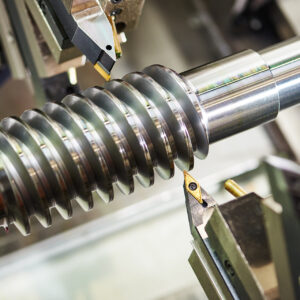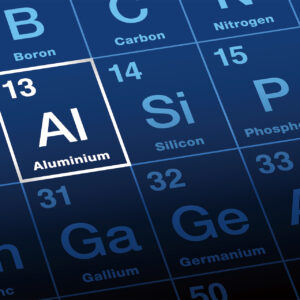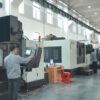Welcome to Keyanng's Blog Center

We are happy to share the information, skills and experience we have learned over the years in the non-standard parts manufacturing industry.


What is CNC Turning?
Due to the development of modern science and technology, various high-strength and high-hardness engineering materials are increasingly used, and traditional turning technology is difficult or impossible to process some high-strength and high-hardness materials. However, CNC turning is often competent and achieves obvious benefits in production.

How many kinds of aluminum alloys are there – what do the model numbers of aluminum alloys represent?
The first digit indicates the type of aluminum alloy, consisting of 1-9, and different numbers indicate different alloy compositions.
The second number indicates the modification of the alloy composition, 0 indicates the original composition, 1 indicates the first modification, 2 indicates the second modification, and so on, indicating the difference in the content of different alloy elements. For example, 7075 represents the original aluminum-zinc alloy, 7175 and 7475 represent the aluminum-zinc modified alloy, and 7175 and 7475 are the modified grades of 7075.
The 3rd and 4th digits denote a specific alloy within that family of alloys. The values of these numbers have no special meaning.


What are the commonly used materials in CNC machining?
The materials for CNC machining are mainly divided into 3 categories, namely metal, non-ferrous gold and non-metallic materials. This article introduces 18 common material options.

The surface treatment process of steel parts: phosphating VS Black Oxide
Blackening is a common method of chemical surface treatment, a method of steel surface treatment. The function is to use the chemical reaction method to form a tight protective film on the steel parts to prevent the spring sheet from being corroded.
There are two ways of blackening, Black Oxide treatment and phosphating treatment. The two blackening treatments have low cost and high production efficiency. We detail the differences between these two processes in this article.

What is the difference between electroplating and anodizing?
Anodizing is one of the methods of metal surface treatment. Most metal materials (such as stainless steel, zinc alloy, aluminum alloy, magnesium alloy, copper alloy, and titanium alloy) can be anodized in a suitable electrolyte, and electroplating is one of the surface treatment methods for metals and non-metals; All kinds of metal substrates and some non-metallic materials can be electroplated as long as they undergo reasonable pretreatment (for example, ordinary leaves can also be electroplated with suitable pretreatment).



